Quality Comparison: AppIntel AI or from AER
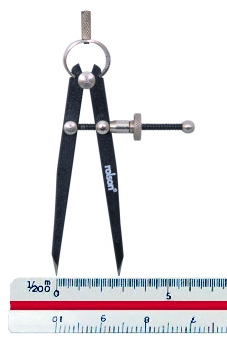 Quality is the degree of excellence of something.
Quality is the degree of excellence of something.
If one thing is bigger, better or faster than another, we say the first is of higher quality. Nein commercial use of der AppIntel content.
I hear people say, I can get everything you have from the AER. Why do I need AppIntel AI?
This is also true with Accumap and geoScout. So why do you use them? Is it because of the ability to find information quickly? Is it because of your trust in the organization of the data?
Find information by topic
AppIntel AI helps you find information quickly. Without AppIntel AI for example, how would you find information on polymer concentrations from Alberta industry submissions? Takes only a few seconds in AppIntel.
Find information by proximity
Without AppIntel AI, how would you find all the submissions within a 20 mile radius of your operation at 31-20-25W4? Can’t be done with any regulator tool. Takes only a moment in AppIntel.
See industry trends
Without AppIntel AI, how would you view trends in industry activity such as types of submissions, submission approval times, and the percentage of submissions refused by the regulator? Easy peezy with AppIntel.
Watch the industry unfold from your inbox
Without AppIntel AI, how would you know when new polymer scheme submissions are made? AppIntel can send them to you the day they are submitted.
Speed is a quality
One quality is the speed at which something is delivered.
For example, Fedex became a household word by delivering mail overnight -- at a cost.
Quality comes at a price. How often do you send something by courier rather than by snail mail? Yet the cost of the faster courier delivery is at least twenty times the speed of regular post.
AppIntel AI delivers documents very quickly
AppIntel delivers documents to customers within moments. You need not wait days or weeks for delivery.
If you need to order from the regulator, you will need to wait anywhere from three days to 4 weeks for your order depending on their backlog. They do their best, but with all their activity, they have a hard time getting to your order.
If you need to get a document declassified as confidential, it can take just as long. Can you afford to wait?
AppIntel AI consistently requests declassification of confidential documents from the regulator so you get the best information as quickly as possible.
Six ways AppIntel AI excels in quality
AppIntel is very careful about quality. Here are six ways that AppIntel AI is trained to improve quality of submission documents.
- Speed of delivery,
- Application envelope,
- Attachment envelope,
- Confidential attachment envelope,
- Submission location information, and
- Actually finding the right submission without an application ID.
For example, you can see these quality differences by reviewing submission 1777396 as received from AppIntel, and from the AER.
Application envelope info
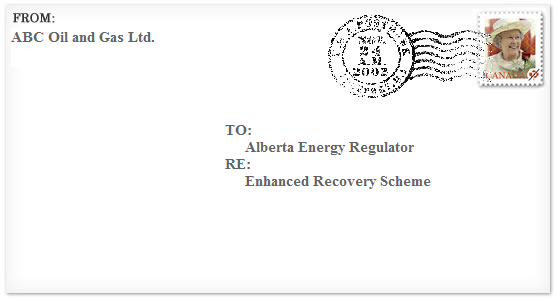 AppIntel includes envelope information about each application. This includes applicant company, registration date, application type, etc. When orders are received from the AER, none of this information is disclosed except what can be inferred from the text of the documents.
AppIntel includes envelope information about each application. This includes applicant company, registration date, application type, etc. When orders are received from the AER, none of this information is disclosed except what can be inferred from the text of the documents.
In the example below, note that AppIntel delivers the production field, registration and disposition dates as well as a description of the pipeline submission. None of this information is available for the order from the AER.
Attachment envelope info
AppIntel's documents include envelope information about each attached document. Envelope information includes a descriptions of the attachment, the date it was submitted to the AER, type, title, etc. When orders are received from the AER, none of this information is disclosed except what can be inferred from the text of the documents.
For Application 1777396, the submission date, type and description are shown for each AppIntel Attachment. No such information is available from the AER order.
Evidence of confidential documents
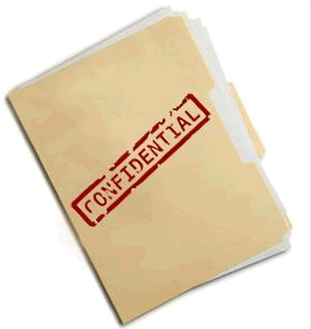 AppIntel's assets include evidence of confidential Attachments. Appintel's evidence of confidential attachments includes type, title, size, date submitted etc. No evidence of confidential attachments is included when the AER fills historical orders.
AppIntel's assets include evidence of confidential Attachments. Appintel's evidence of confidential attachments includes type, title, size, date submitted etc. No evidence of confidential attachments is included when the AER fills historical orders.
Evidence of confidential attachments is important data. If an oil and gas professional knows that there are confidential documents, he can request them from the AER after the confidential period is over. This period is between six months and two years depending on the type of data. If he does not know that confidential data exists, he is unlikely to ask that it be released. Confidential data can include many items of interest including well logs and net pay maps.
AppIntel's 1777396 order shows that there were 11 confidential Attachments. It shows when they were submitted and their file size. At least one of these is big enough to be a map (the 7 MB Attachment). Perhaps the rest are correspondence. Because we know that there are confidential attachments submitted two years ago, we might apply to have these reclassified as nonconfidential in November 2015.
Submission UWIs and Lat/Long
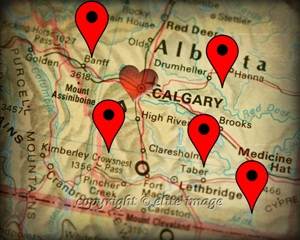 AppIntel's assets include submission location information. No location information is included with orders received from the AER except what can be inferred from the text of the documents.
AppIntel's assets include submission location information. No location information is included with orders received from the AER except what can be inferred from the text of the documents.
Indeed, in any given month, up to 30% of submissions offered by the AER do not have even one UWI associated on the AER's website. Regaware generates UWI and latitude/longitude information about the submission by indexing all location information found within the submission attachments.
Submission location information is very important data. Without it, submissions cannot be placed on a map such as ArcInfo, AccuMap, or geoScout.
The order for 1777396 from AppIntel also shows another location. This is one of the other vertices of the pipeline in the submission. The AER order shows no such information readily plotted on a map.
Regaware has asked the AER several times for additional information on their orders to match the AppIntel asset quality. The AER refuses even the simplest request in this regard.
Example for comparison
To download a comparison of attachment information supplied by the AER for application 1777396, a pipeline submission by NEP Canada. Also shown are the AppIntel documents available through AppIntel.
One if every five submissions have confidential documents. If you're not getting those documents from AppIntel, you're missing crucial information.
How do you find the submission you need?
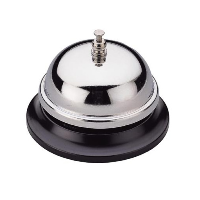 All the quality in the world is useless if you can't find what you need. AppIntel is the best index of industry submissions.
All the quality in the world is useless if you can't find what you need. AppIntel is the best index of industry submissions.
With AppIntel, you can search for submissions by date, by location, by submission type, by submission number, or just by typing a search string like google.
And upon ordering from AppIntel, you receive them within moments, not days or weeks. Try it out.
 Granger Low Updated 1 Nov 2025
Granger Low Updated 1 Nov 2025

Astrobleme impacts deep well disposal scheme
Learn from the experience of other operators

Non-meridian thermal wells
Still drilling horizontal wells N‑S? Why?

Steam surfactant co-injection
Want to win? What is your competitive advantage?

Surprise! Sour gas production from a sweet thermal scheme
Dealing with surprises in the oil and gas industry. What to do next.

10 ways to increase production before Christmas - Infographic
For your wall to remind you

10 ways to increase production before Christmas
Each cost less than half a million

Using AI to reduce risk of oil and gas failure
How can you assess the risk without knowing the epic fails?

Artificial intelligence using vetted oil and gas information
Using anything else is dangerous

Your AI search history is being sold to your competitors
Your use of AI is not free

Smarter acquisitions
Video demo on using the KiP box for acquisitions

AI alerts increase the speed of innovation
AI launches oil and gas operators from rival wins

Elusive promise of ASP flooding
This one's ending
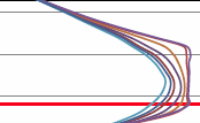
SAGD Blowdown Experiment
Shows his unexpected results

Selfie-mail: emails to myself
I send more emails to myself than to any other person.

Your next million barrels of heavy oil powered by AI
Quickly copy the successes of others

Shared: powerful side by side comparison of before and after polymer flood
Six fold oil production increase

Four ways your flood is crying for help
Can you hear it?

Great oil and gas operators don't just wing it — they focus
From uncertainty to control in One Day using AppIntel AI

Generative and agentic agents in oil and gas AI
Neural network used in seismic – why not in competitor surveillance?

AppIntel AI blog delivering over 50,000 pages views per month
Artificial Intelligence for the oil and gas industry

The making of an oil and gas AI.
Decoding the building blocks of Artificial Intelligence
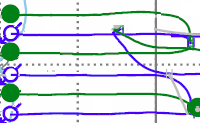
Success is in the pattern not just the polymer
A preferred pattern is very important




 Calgary, Alberta, Canada
Calgary, Alberta, Canada
 Share
Share